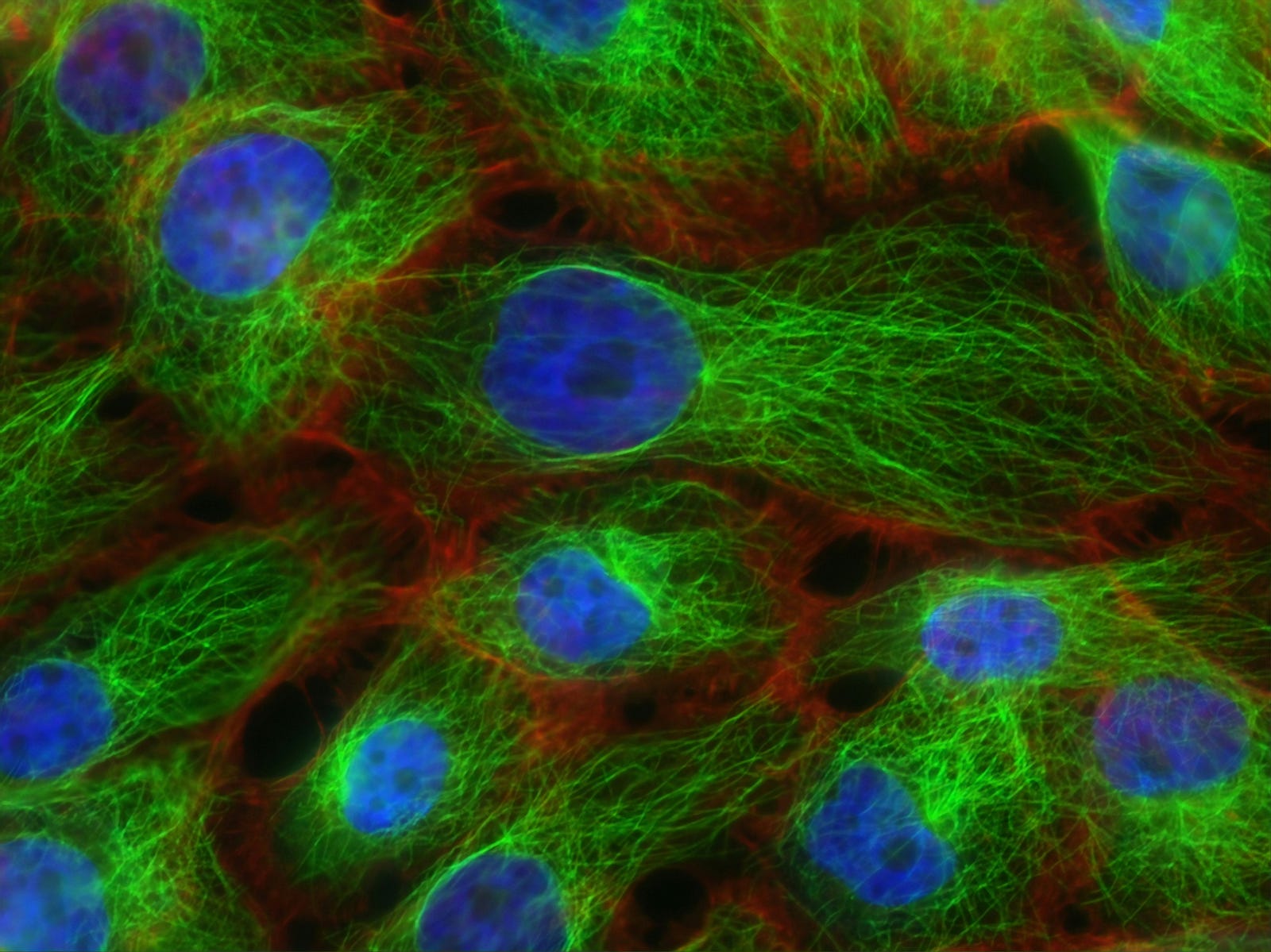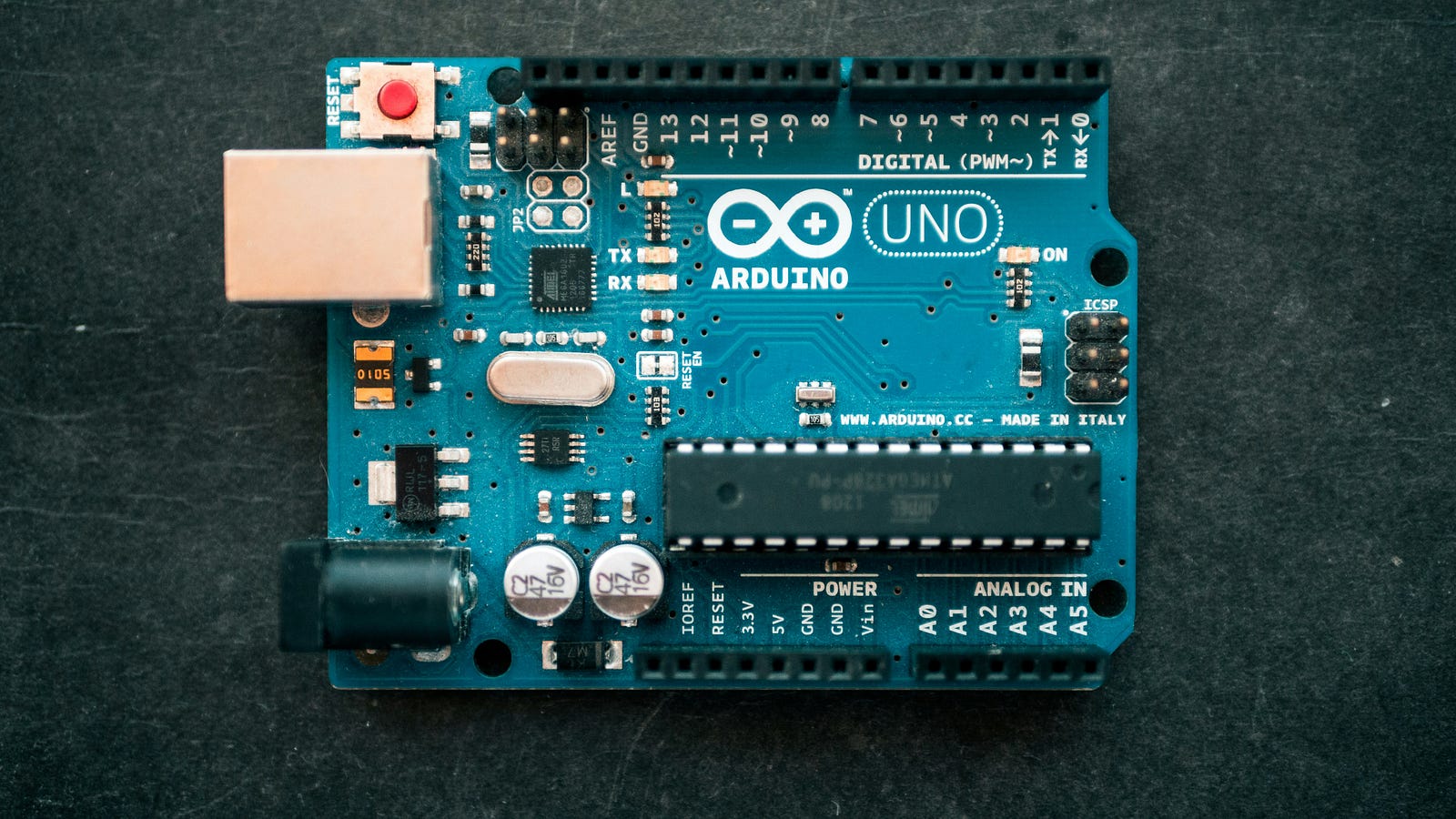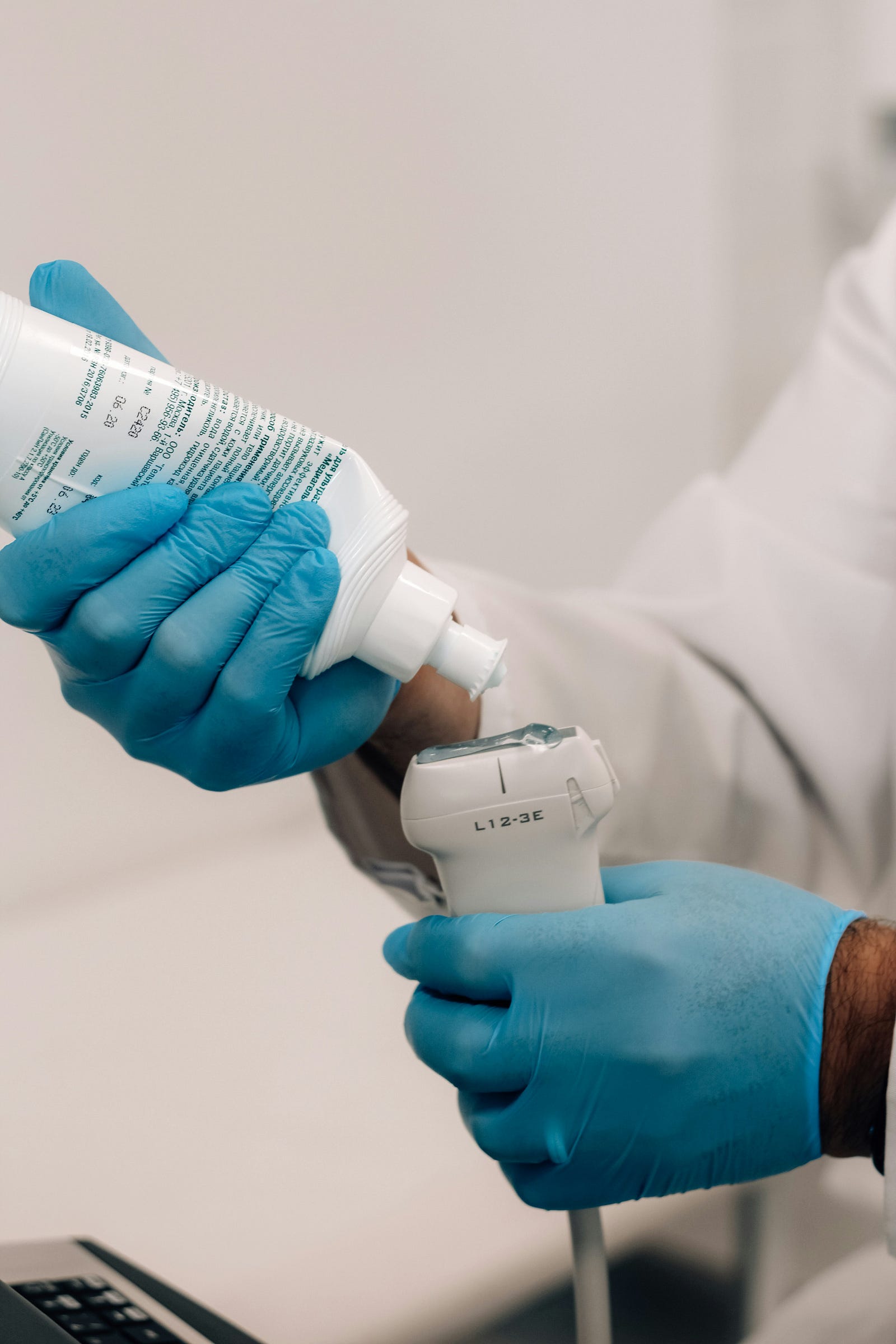RESEARCHERS RECENTLY DEVELOPED A HANDHELD device capable of detecting breast cancer by reading biomarkers in saliva. Today we explore a breast cancer spit test.
I am a doctor who helps patients who have cancer. Many of them have breast cancer.
I am also a person who despises cancer. I am excited to learn of anything that might prevent breast cancer, detect it earlier, or advance treatment.
Today, I want to share the good news about a handheld device that uses saliva to detect breast cancer.
Key points – breast cancer spit test
First, let me offer some key points:
- The new device can distinguish between healthy breast tissue, early-stage breast cancer, and advanced breast cancer.
- This device has the potential to reduce the time and cost of breast cancer screening dramatically.

Scientists at the University of Florida (USA) and Taiwan’s National Yang-Ming Chao Tang University have made progress in creating a tool to check for breast cancer using saliva.
The researchers successfully identified breast cancer by studying specific markers in small spit samples.
Saliva test – breast cancer spit test
Imagine a small, portable gadget that uses your spit to check for breast cancer quickly.
You put a bit of saliva on special strips, and the device, which costs about $5 each, does its magic. Treated with special antibodies, these strips — treated with special antibodies — react to markers that signal breast cancer.
When the strips enter the device, some electricity makes the markers respond to the antibodies to substances called HER2 and CA-15–3.
The machine then reads this reaction and shows clear results in just a few seconds.
No radiation or fancy equipment is needed, and the process is fast and affordable. This device could be a game-changer, especially in places where getting screened is difficult, like in developing countries.
Innovative and efficient detection
The scientists successfully used this device to detect breast cancer markers in a tiny bit of saliva.
What excites me is that scientists created the device with everyday stuff you can easily get, like those strips people use to check their blood sugar.

Their approach uses an open-source and commonly used regular tech system called Arduino.
So, in simple terms, they’ve designed a breast cancer screening tool using common items, making it more accessible and user-friendly for everyone.
The test requires minimal saliva.
The biosensor only needs a minuscule amount of spit, and it can give accurate results even if the cancer marker in that spit is small.
We’re talking about one femtogram per milliliter, like a tiny amount, one quadrillionth of a gram.
Potential game-changer – breast cancer spit test
Most of my patients have breast cancer diagnoses and workups through relatively expensive machines that are sometimes invasive:
- Mammograms
- Magnetic resonance imaging (MRI)
- Ultrasound

Mammograms have very low radiation levels, while MRI usually involves a pricey scan that incorporates intravenous administration of a contrast agent.
Ultrasound is relatively quick and non-invasive.
Developing countries
To put the new device into perspective, here are some findings reported by MDLinx:

In the United States, the 5-year breast cancer-specific survival was 91 percent between 2012 and 2019. On the other hand:
Mali — with barriers to accessible screening and treatment technology (four radiologists and one radiation therapy machine in the country) — has a 5-year breast cancer-specific survival rate of under 14 percent.
The new device will need more testing and validation but establishes a proof of principle.
Screening recommendations
While the novel detection approach is exciting, I want to give you something more immediately actionable.
Here are the United States Preventative Task Force screening recommendations for women at average risk:
Women aged 40 to 49
The decision to start screening mammography in women before age 50 should be individual. Women who place a higher value on the potential benefit than the potential harms may choose to begin biennial screening between the ages of 40 and 49.
For women who are at average risk for breast cancer, most of the benefit of mammography results from biennial screening during ages 50 to 74 years.
Of all of the age groups, women aged 60 to 69 years are most likely to avoid breast cancer death through age 74.
Women aged 50 to 74
The USPSTF recommends screening mammography for women aged 50 to 74 every other year.
Women aged 75 or older.
The USPSTF concludes that the current evidence is insufficient to assess the balance of benefits and harms of screening mammography in women aged 75 years or older.
We shall see how accurate the saliva-based approach is in the real world.
Have you gotten appropriate breast cancer screening?
Thank you for reading about the “Breast Cancer Spit Test.”




